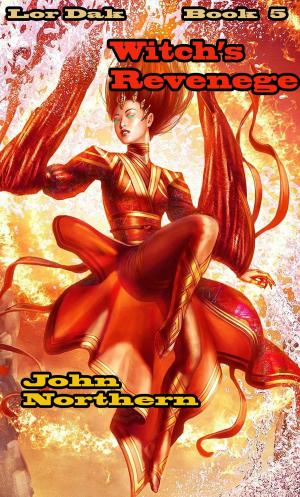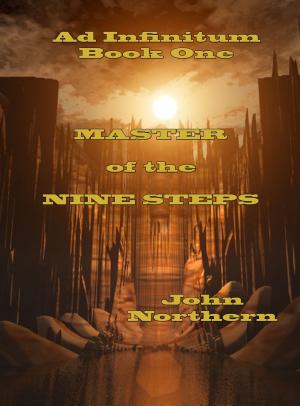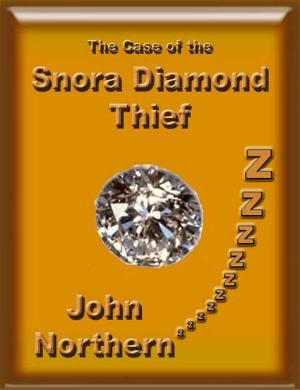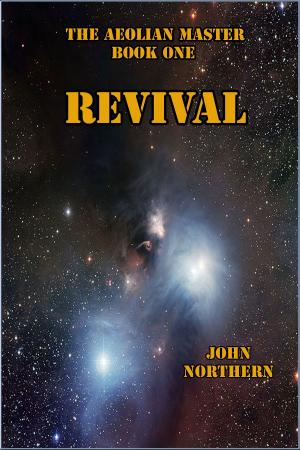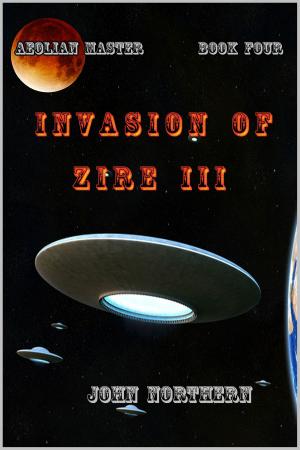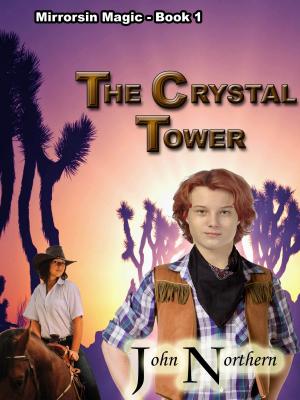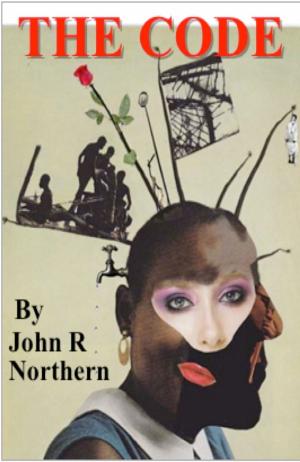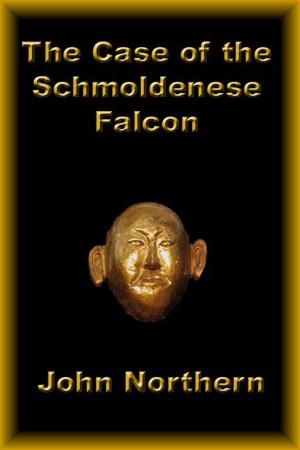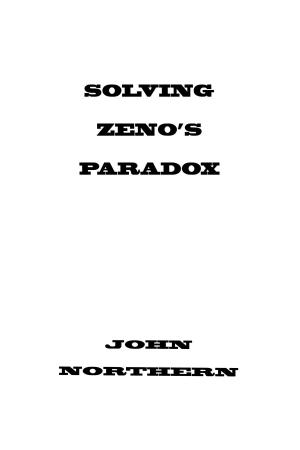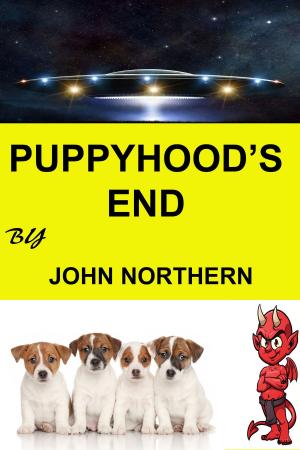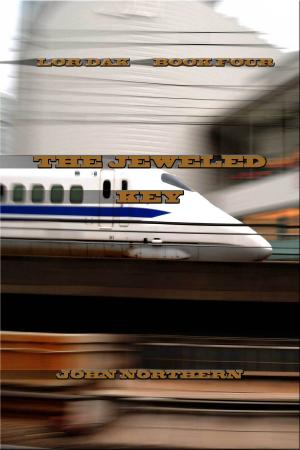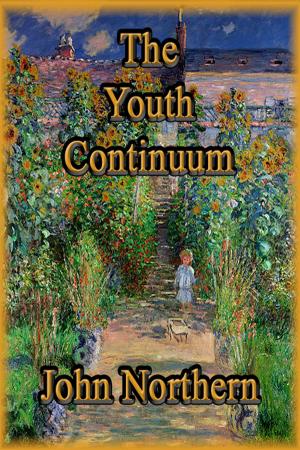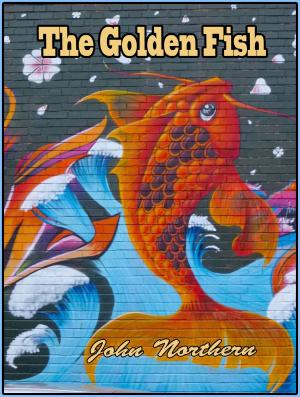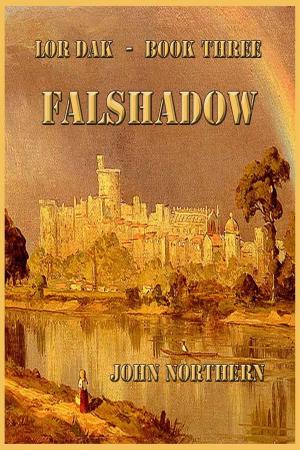| Author: | John Northern | ISBN: | 9781310003110 |
| Publisher: | John Northern | Publication: | January 25, 2015 |
| Imprint: | Smashwords Edition | Language: | English |
| Author: | John Northern |
| ISBN: | 9781310003110 |
| Publisher: | John Northern |
| Publication: | January 25, 2015 |
| Imprint: | Smashwords Edition |
| Language: | English |
Cantor's research on sets and his creation of the continuum hypothesis, CH, in 1878, have become a perplexing problem for mathematicians with no complete and satisfactory solution having been accomplished. Some of the problems, which have emerged from the research conducted on sets, are the contradictions and the creation of paradoxes; more specifically, Cantor's paradox. As set theory began to evolve, another paradox surfaced, which was named Russell's paradox. This paradox stunned the world of Mathematicians, and has continued to be a problem to this day. The ZFC have produced axioms to address the issues caused by Russell's paradox, but sometimes these too have come up short. In this paper, two concepts are used, Ispace (the imagination) and Tspace (three dimensional reality, where all things real exist), in order to shed new light on the problems of set theory and the CH. This is a new method for solving these problems.
Cantor's research on sets and his creation of the continuum hypothesis, CH, in 1878, have become a perplexing problem for mathematicians with no complete and satisfactory solution having been accomplished. Some of the problems, which have emerged from the research conducted on sets, are the contradictions and the creation of paradoxes; more specifically, Cantor's paradox. As set theory began to evolve, another paradox surfaced, which was named Russell's paradox. This paradox stunned the world of Mathematicians, and has continued to be a problem to this day. The ZFC have produced axioms to address the issues caused by Russell's paradox, but sometimes these too have come up short. In this paper, two concepts are used, Ispace (the imagination) and Tspace (three dimensional reality, where all things real exist), in order to shed new light on the problems of set theory and the CH. This is a new method for solving these problems.

